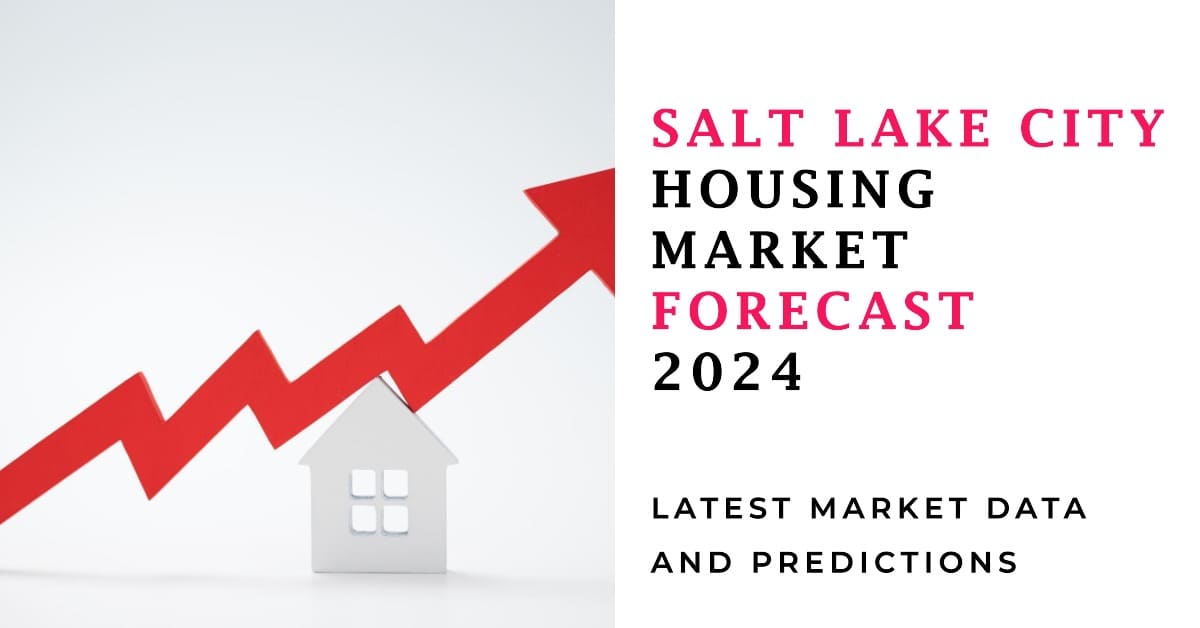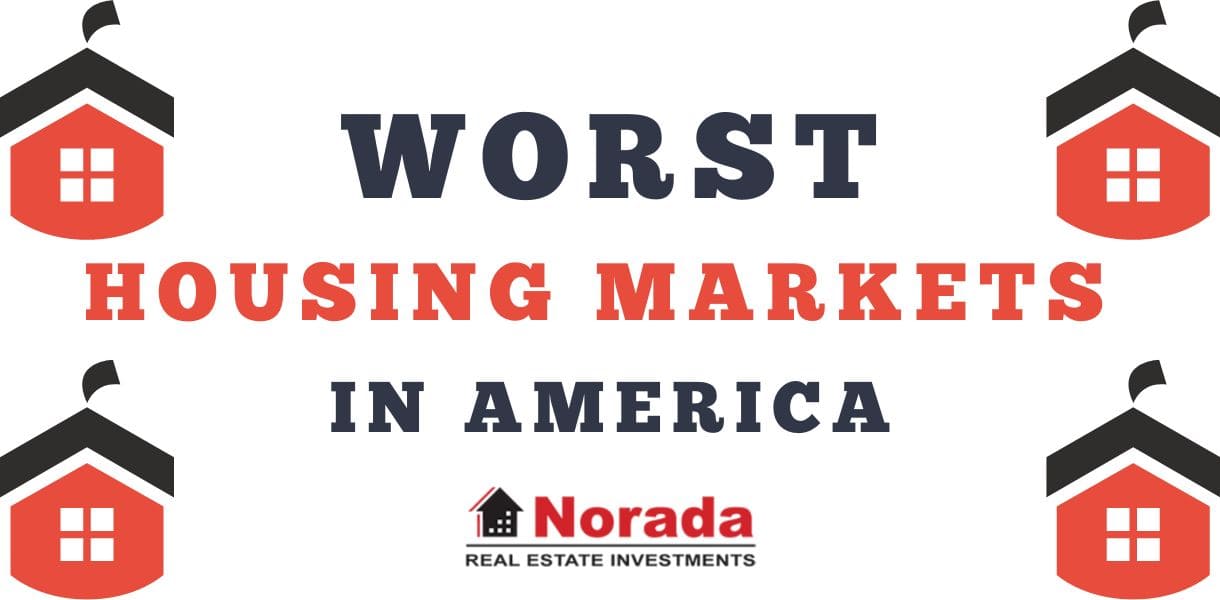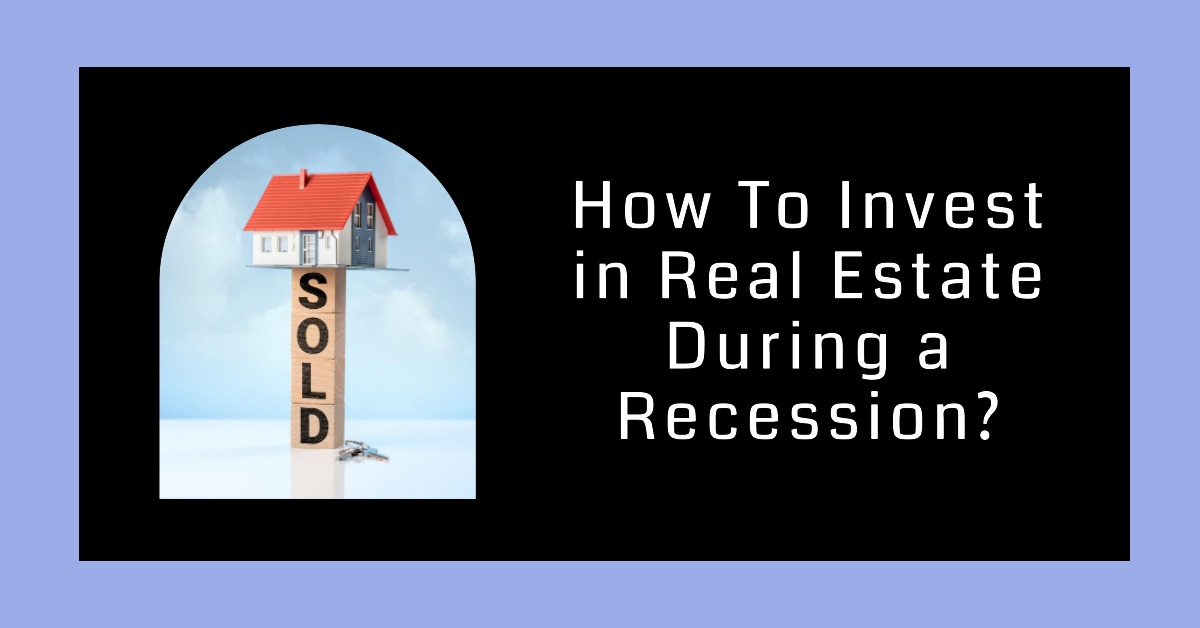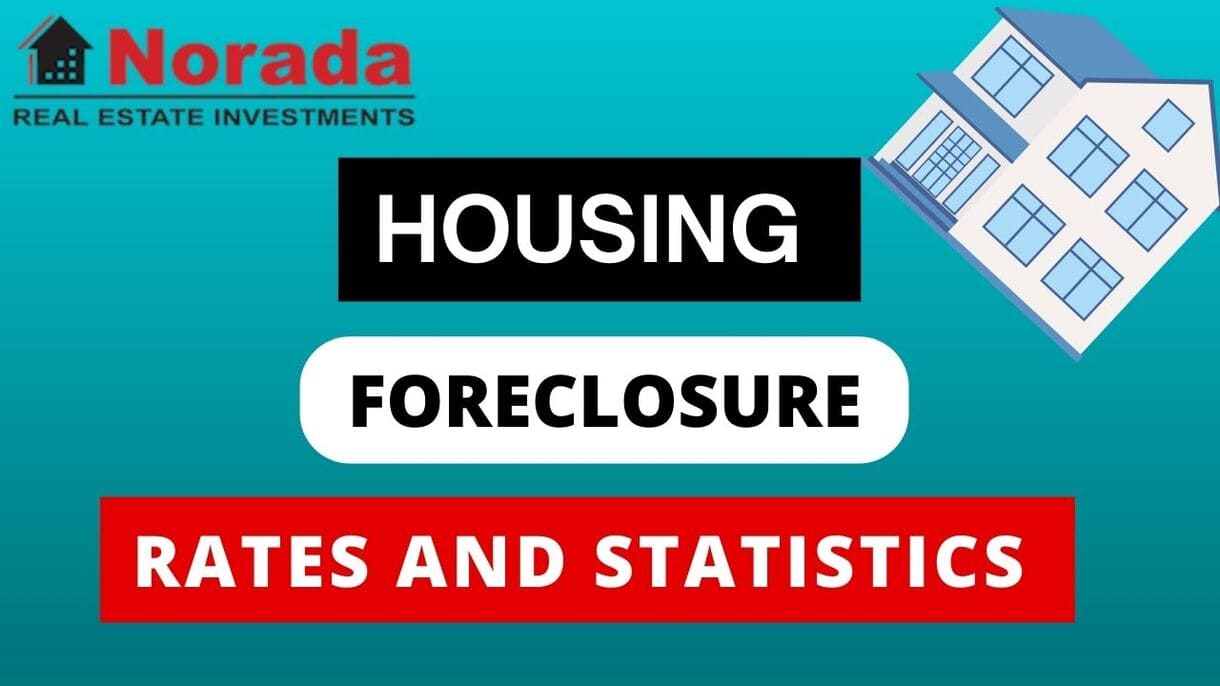Want to know what's happening in the Salt Lake City housing market right now? As of January 2025, the Salt Lake City housing market is somewhat competitive. The median sale price of a home in Salt Lake City was $524K last month, which is up 3.8% compared to last year. This means homes are still appreciating, but let's dig deeper to see what's really going on.
Current Salt Lake City Housing Market Trends:
Home Sales
Let's start with the basics. Are homes selling? The answer is yes, and at a slightly faster pace than last year.
- According to Redfin data, in January 2025, 120 homes were sold in Salt Lake City.
- This represents a 4.3% increase compared to the 115 homes sold in January of the previous year.
- The median days on market decreased from 65 days to 47 days, a substantial -18 year-over-year change.
This tells me that while there's still activity, things might be starting to pick up a bit compared to last year, with fewer days spent on the market.
Home Prices
The median sale price is a key indicator of market health. As we already mentioned, Salt Lake City home prices have increased. Here's the breakdown:
- The median sale price in January 2025 was $524,031.
- This is a 3.8% increase year-over-year.
Are Home Prices Dropping?
While the overall trend is still upward, it's essential to look for signs of a potential slowdown or even a price correction. Are prices dropping right now? The increase of 3.8% year-over-year suggests no immediate drop, though the pace of increase is not drastic.
Comparison with Current National Median Price
So, how does Salt Lake City stack up against the rest of the country? The current national median price is $407,500 (December 2024), with a year-over-year change of +6%.
Here's a quick comparison in table format:
| Location | Median Sale Price (Jan 2025) | Year-over-Year Change |
|---|---|---|
| Salt Lake City, UT | $524,031 | +3.8% |
| National (Dec 2024) | $407,500 | +6% |
Salt Lake City's median sale price is significantly higher than the national average (25% higher according to Redfin), indicating that it's a pricier market overall. However, SLC has seen a much smaller increase of 3.8% compared to the National Average of 6%.
Housing Supply
The supply of homes for sale plays a crucial role in determining whether it's a buyer's or seller's market. I don’t currently have data on the exact number of homes available, but with the decreased days on market, I can infer that supply might be relatively constrained compared to demand.
Is It a Buyer's or Seller's Housing Market?
Based on the data, it's leaning towards a seller's market, but maybe approaching a balanced market. Here's why:
- Increased home prices: Still favoring sellers, but the rate of increase isn't astronomical.
- Decreased days on market: Homes are selling more quickly, which is an advantage for sellers.
- Homes selling slightly below list price: The average homes sell for about 2% below list price. This is an indication that the market may not be in favor of the sellers so much.
- Increased homes with price drops: 40.2% of homes have had price drops. This is a 10.3% increase year-over-year.
Market Trends
Several factors are shaping the Salt Lake City housing market, and it's not as simple as just “up” or “down.”
- Migration: Salt Lake City is seeing an influx of people from metros like Los Angeles, San Francisco, and Seattle. However, many residents are moving out of the city, largely to places like San Antonio and Austin, TX and St. George, UT. This is a result of increased costs of living, and more opportunities/ better climate in these areas.
- Competition: Salt Lake City is “somewhat competitive.” This means some homes get multiple offers.
- Sale-to-list price: The average homes sell for about 2% below list price and go pending in around 44 days. Some homes can sell for around list price and go pending in around 17 days.
- Homes Sold Above List Price: 22.5% of homes sold above list price, which is a -0.11% decrease year-over-year.
- Climate Impact: Salt Lake City also has a major risk of severe floods and wildfires over the next 30 years. This could influence buyer decisions on where they will settle.
- Location within the city: The 10 most walkable neighborhoods, the most transit-friendly neighborhoods, etc. These factors determine where residents prefer to live.
Impact of High Mortgage Rates
Arguably one of the biggest factors influencing housing markets across the country right now is mortgage rates. With rates currently hovering around 7% (as of February 2025), it significantly impacts affordability.
- Reduced buyer pool: Higher rates mean higher monthly payments, pushing some potential buyers out of the market.
- Slower price appreciation: When fewer people can afford to buy, demand cools, which can moderate price increases.
- Increased inventory: Some homeowners may choose to delay selling if they don't need to move, but others may be forced to sell if they can't afford their current mortgage. This can lead to a slight increase in the number of homes for sale.
My Thoughts
In my opinion, we're seeing a shift in the Salt Lake City housing market. The frenzied pace of the past few years is slowing, and the higher mortgage rates are definitely playing a role. I wouldn't expect to see dramatic price drops, but I also don't anticipate a return to the double-digit appreciation we saw not too long ago.
- For Buyers: Don't rush into anything. Take your time, shop around for the best mortgage rates, and negotiate. There are more homes with price drops, indicating that sellers are more willing to be flexible.
- For Sellers: Be realistic about your pricing. The market has changed, and overpricing your home could lead to it sitting on the market for longer. Work with a good agent who understands the local market and can help you position your home effectively.
Salt Lake City Housing Market Forecast: Will Prices Keep Climbing?
You're probably wondering what's going to happen with home prices. Let's cut to the chase: Experts predict continued appreciation in the Salt Lake City housing market, with a forecast of around 3.2% growth through December 2025. Keep reading, and I’ll break down the numbers, compare them to other Utah cities, and share my take on what this means for you.
What the Numbers Say: Salt Lake City Home Value Trends
Alright, let's dive into the data. We're looking at forecasts from Zillow, which is usually a pretty reliable source. Here’s a simplified breakdown of what they're predicting for the Salt Lake City, Utah, housing market:
- Starting Point: These predictions are based on data as of December 31, 2024.
- Near-Term Growth (January 2025): A modest increase of 0.4%.
- Next Quarter (March 2025): An expected jump of 1% over the December baseline.
- Year-End (December 2025): A cumulative growth of 3.2% over the entire year.
In simple terms, while we might see some minor fluctuations in the short term, the overall trend points to a continued rise in Salt Lake City home values throughout 2025. I’ve personally seen this trend in the past few years, and while the rate of increase might not be as dramatic as it was during the peak of the pandemic, it still indicates a healthy demand for housing in the area.
Salt Lake City vs. The Rest of Utah: A Quick Comparison
Now, let's see how Salt Lake City stacks up against other metro areas in Utah. Here's a snapshot of expected growth through December 2025, according to Zillow:
| Region | Expected Price Change |
|---|---|
| Ogden, UT | 3.9% |
| Provo, UT | 2.8% |
| St. George, UT | 3.3% |
| Logan, UT | 3.8% |
| Heber, UT | 5.5% |
| Salt Lake City, UT | 3.2% |
As you can see, Salt Lake City's projected growth is fairly consistent with other areas in Utah, though Heber, UT is expected to see more increase in home value. This indicates that the overall Utah market is strong, and Salt Lake City is a significant part of that.
Will the Housing Market Crash?
Okay, let's address the elephant in the room: Will home prices crash in Salt Lake City? In my opinion, a crash is unlikely. Here's why:
- Strong Demand: Utah, and especially the Salt Lake City area, continues to attract new residents due to job opportunities, quality of life, and outdoor recreation.
- Limited Supply: We're still not building enough houses to meet the growing demand. This scarcity keeps prices relatively high.
- Solid Economy: Utah's economy is generally strong, with low unemployment rates. This provides a stable foundation for the housing market.
While I don’t expect a crash, I think it is realistic that we could see periods of stagnant growth or even slight price corrections.
Looking Ahead: A Possible Forecast for 2026
Predicting beyond 2025 is tricky, but here's my best guess: I expect the Salt Lake City housing market to continue appreciating, but at a more moderate pace. Interest rates, economic conditions, and construction activity will all play a crucial role. A growth rate of 2-4% seems plausible, assuming no major economic disruptions.
Ultimately, buying or selling a home is a personal decision. Be sure to research the market conditions, speak with professionals, and consider your own financial situation and goals.
Salt Lake City Real Estate Market: Should You Invest Here?
Salt Lake City, the capital of Utah, has garnered attention as a potential hotspot for real estate investment in recent years. A combination of demographic trends, long-term real estate appreciation, cost of living, quality of life, a thriving rental property market, landlord friendliness, population growth, and a robust local economy all contribute to the city's appeal as a real estate investment destination.
Demographic Trends
Salt Lake City's demographic trends are among the most promising factors for real estate investment. The city has experienced a steady influx of newcomers, including young professionals and families. These demographic shifts contribute to a growing demand for housing, making it an attractive market for real estate investors.
Long-Term Real Estate Appreciation
Long-term real estate appreciation in Salt Lake City has been substantial. The city has seen consistent growth in property values over the years. While there can be short-term fluctuations, the overall trend points towards a positive appreciation rate, making it an appealing prospect for investors seeking long-term gains.
Cost of Living & Quality of Life
Salt Lake City boasts a reasonable cost of living compared to other major metropolitan areas in the United States. The combination of affordable housing, competitive utilities, and accessible transportation options contributes to a more budget-friendly living environment. Additionally, the city offers a high quality of life with an abundance of outdoor recreational opportunities and a vibrant cultural scene.
Salt Lake City Rental Property Market
High Demand, Low Supply:
- Renter's Market: Salt Lake City boasts a renter-occupied housing rate exceeding 50%, significantly higher than the national average. This translates to a constant demand for rental properties.
- Limited Inventory: New construction is brisk, but it's struggling to keep pace with population growth. This limited availability keeps vacancy rates low and rents climbing.
Solid Returns:
- Steady Rent Growth: Rents in Salt Lake City have been on an upward trajectory, with reports suggesting year-over-year increases exceeding 18% in some areas. This translates to potentially strong cash flow for investors.
- Appreciation Potential: While the forecast suggests a slowdown in home price growth, Salt Lake City's overall market is still expected to remain stable. This means your investment property could appreciate in value over time.
Opportunities for Different Investors:
- Single-Family Homes: Popular with young families and professionals, single-family homes offer potentially higher rental income compared to apartments.
- Multi-Family Units: With a sizeable student population and growing young professional scene, multi-family units like duplexes and condos can provide steady income and potentially lower management hassles.
Things to Consider:
- Competition: While demand is high, so is competition for available properties. Finding the right investment property might require patience and a good realtor.
- Management: Managing rentals yourself requires time and effort. Consider hiring a property management company, which can add to your expenses.
- Market Fluctuations: No market is immune to change. While the overall outlook is positive, unforeseen economic factors could impact rental rates and occupancy.
Landlord Friendliness
Salt Lake City is known for its landlord-friendly regulations. The state of Utah generally offers a favorable legal environment for property owners, including efficient eviction processes and fair property tax rates. These factors create a secure and attractive setting for real estate investment.
Population Growth
The population of Salt Lake City and the surrounding areas has been steadily increasing, driven by both natural growth and in-migration. The city's strong economy and diverse job opportunities have been a magnet for individuals seeking employment and a better quality of life. This population growth enhances the potential for real estate investments, as more residents require housing solutions.
Economy of the Region
The economy in Salt Lake City and the wider region is thriving. The city has become a hub for various industries, including technology, healthcare, finance, and outdoor recreation. Its diversified economy provides stability, reducing the risk associated with single-industry towns. A strong job market and higher income levels contribute to increased housing demand and, consequently, a healthy real estate market.
In conclusion, Salt Lake City presents an enticing opportunity for real estate investment due to its positive demographic trends, long-term appreciation, cost of living, quality of life, flourishing rental property market, landlord friendliness, population growth, and a resilient local economy. However, as with any investment, it's crucial for potential investors to conduct thorough research, consider their financial goals, and work with local real estate experts to make informed decisions.




